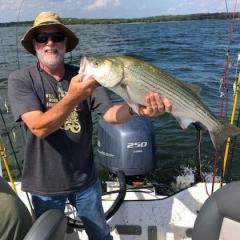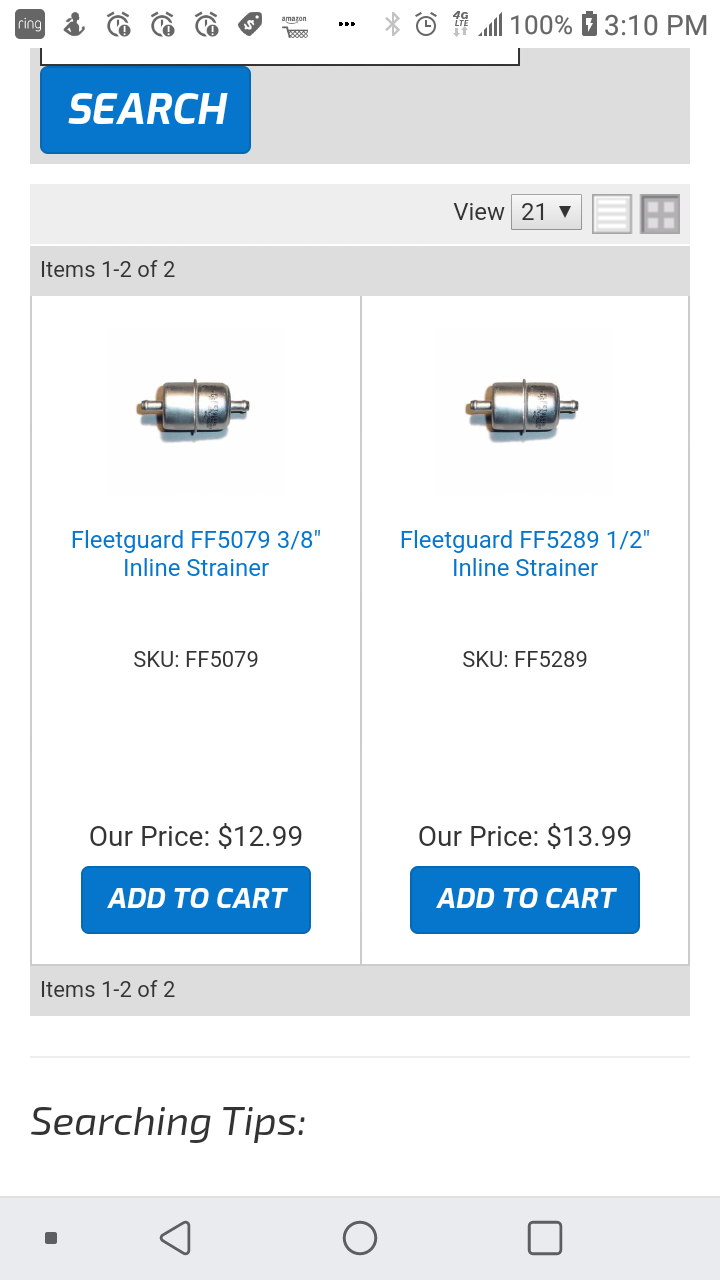- Replies 56
- Views 8.4k
- Created
- Last Reply
Top Posters In This Topic
-
 Octafish 15 posts
Octafish 15 posts -
Bullet 12 posts
-
 Gregturley 8 posts
Gregturley 8 posts -
 IBMobile 6 posts
IBMobile 6 posts
Most Popular Posts
-
you wont regret it...Richard has responded to my emails on sundays. i installed mine around 2015, no belt or pulley issues...even spent some winters in Wisconsin, Minnesota area. i have my
-
You can prime it with an electric drill very easily. Mine is also 18 psi at idle but will increase to 20 during a full throttle pull. Never less than 18 though.
-
I used stock lines with 3/8 hose. No problem at all. Stock pickup in tank. I have RV275 injectors also.



.jpg.17662a3a3b3375c2079abacd0d5bdc64.jpg)
What do you guys think?
Does one have an advantage over the other?